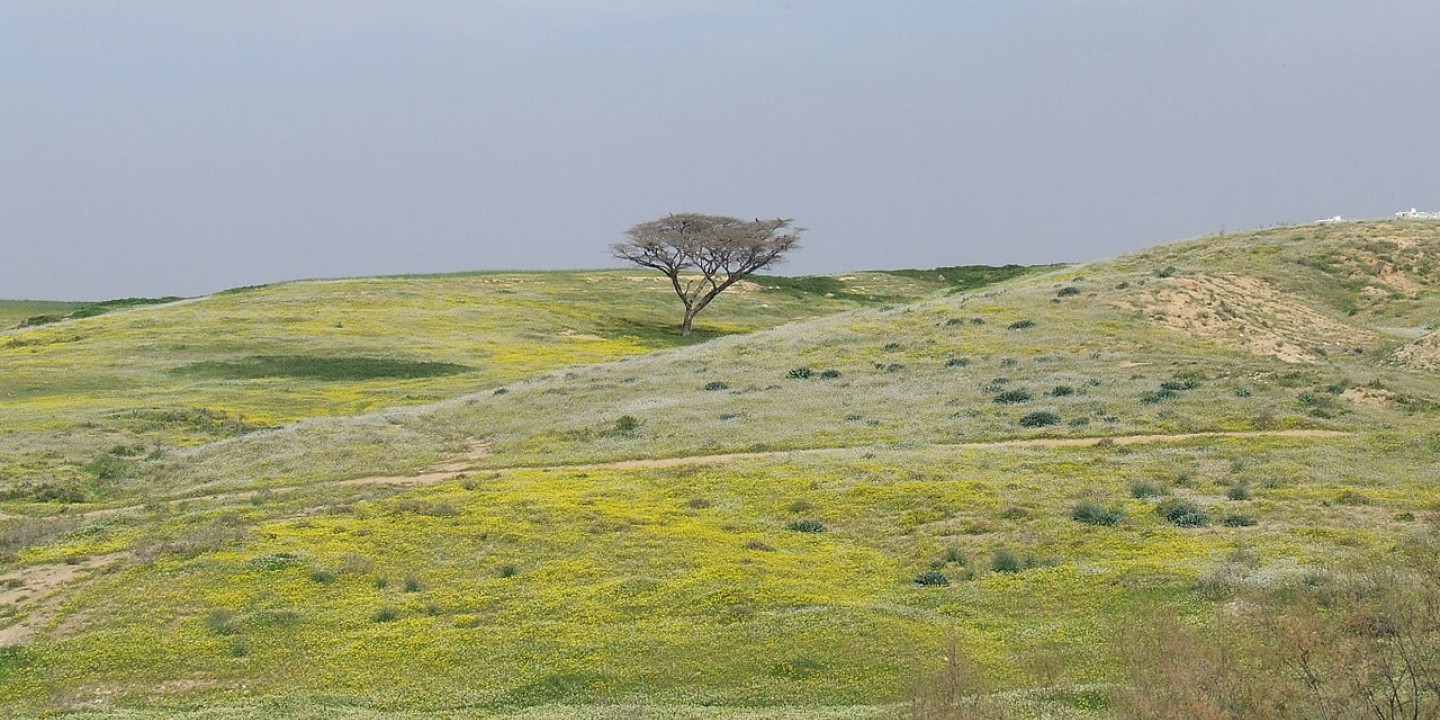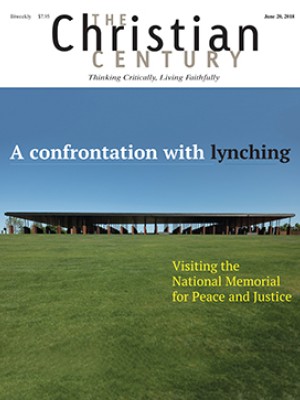Gazans and Israelis strive to keep connections, hope across the border
Dozens of Palestinians have been killed by Israeli soldiers along the border. Ordinary people are trying to stay connected to friends on the other side.

(The Christian Science Monitor) Minutes after Imad walked into the kibbutz dining hall just over two weeks ago, Israelis hurried to him with open arms, pulling him in for long hugs.
It had been more than a decade since this Palestinian man in his fifties, a resident of Gaza, had seen these friends or stepped foot in this communal village where he worked most of his life.
A week later and a few miles away along the Gaza-Israel border, 64 Palestinians were killed and more than a thousand wounded by Israeli soldiers during protests demanding their right of return to Israel and an end to the crippling Israeli economic blockade of Gaza.
Three successive wars in recent years between Israel and Hamas, the militant faction ruling Gaza, have left both sides battle-scarred. The Israeli blockade has left people in Gaza, especially the swelling ranks of the unemployed, reeling from shortages of fresh water and electricity.
Read our latest issue or browse back issues.
Tami Suchman, a Kibbutz Be’eri member and friend of Imad (not his real name), is among the few who maintain ties with friends and connections in Gaza. Speaking after the surge in Palestinian deaths, which coincided with ceremonies in Jerusalem marking the relocation of the U.S. embassy to Israel, Suchman says she is deeply disturbed by the loss of Palestinian life.
Most Israelis blame Hamas squarely for the recent deaths, citing the militants’ calls to rush and breach the fence despite warnings that Israel would use live fire to deter them in the name of protecting border communities like Kibbutz Be’eri. But Suchman is among a minority who also puts blame on Israel itself.
“I don’t see anyone working on the diplomatic front,” Suchman said. “Even if there is war, it will not solve anything. Everyone knows that without negotiated deals there are no solutions.”
The Israeli communities closest to the Gaza border are kibbutzim and moshavim, collectives that were originally agricultural villages. Israeli soldiers are mobilized along the Israel-Gaza border in the name of defending them from infiltrators. Local residents fear the Palestinian militants who dig fortified tunnels in the sandy soil in order to kidnap and attack both soldiers and civilians. And they grow angry when they see their own fields and groves scorched black by fires lit with burning kites that young Palestinians ignite and fly over the border.
“They teach their kids it is their land, but it is also our land,” she said. “We have to share it. On both sides we need to digest that—if we want a future—so we can stop living by the sword.”
She scrolls through photos on her cell phone of Imad’s visit, images of him beaming with friends. Some he has known since he started work building houses at the age of 16. In the aftermath of Hamas’s violent takeover of Gaza in 2006, Israel, citing security concerns, imposed a closure on the territory, limiting the flow of some goods and putting an end to the flow of workers like Imad into Israel.
When, because of the closure, Imad and three other Gaza workers were prevented from working at Be’eri, Suchman and a friend started a fundraising drive among members to help support them. The kibbutz also contributes, and the men have been sent 1,000 shekels ($280) a month each for the past several years.
For his recent visit, Imad was given an Israeli permit to cross the border only to escort his brother, a cancer patient who was traveling that day for tests at an Israeli hospital.
Roni Keidar was sitting near an olive tree in her garden nearby later that same day, fielding text messages from friends and contacts in Gaza. One, from a young man, reads, in English, “Hello aunt roni, im ok but feel sad of what happens 2 days later I lost two of my friends and there are many of them got wounded.”
Like other border communities, the moshav where Keidar lives has been hit by rocket fire from Gaza, and two of its people have been killed, one in 2007 and another in 2010.
Keidar is a member of Other Voice, an organization of residents in southern Israel who advocate for dialogue. Keidar gets pushback about her ongoing ties with Gazans, even from close friends. She understands their fear, lives it even. Just the other night, she recounted, she heard a tapping noise she suspected could be the sound of militants tunneling underneath her living room.
Still, she encourages her friends to read up, as she has, on controversial measures Israel has employed now and in the past.
“When you see two sides, it’s difficult,” she said. “With two sides there is suddenly doubt, and they don’t like to doubt.”
A plane flew overhead and she looked up. Later, a distant boom was heard.
“I am torn with fear for this side and that side,” she said. “I keep remembering and cannot get out of my mind that these are desperate people. And desperate people are dangerous. So we have to give some sort of hope, some sort of light.”
Soon after he returned to Gaza, Imad contacted his friends on Kibbutz Be’eri to let them know he had arrived back safely. So did a large suitcase stuffed with supplies like coffee, sugar, flour, cigarettes, and snacks for his grandchildren that the kibbutzniks had packed for him. Imad asked her to send him the photos she took. His family wanted to see for themselves who these friends are.
“There are 20 people,” he told her. “And I’m telling them you are our family.”
A version of this article, which was edited on June 13, appears in the print edition under the title “Gazans and Israelis strive to keep connections, hope across the border.”






